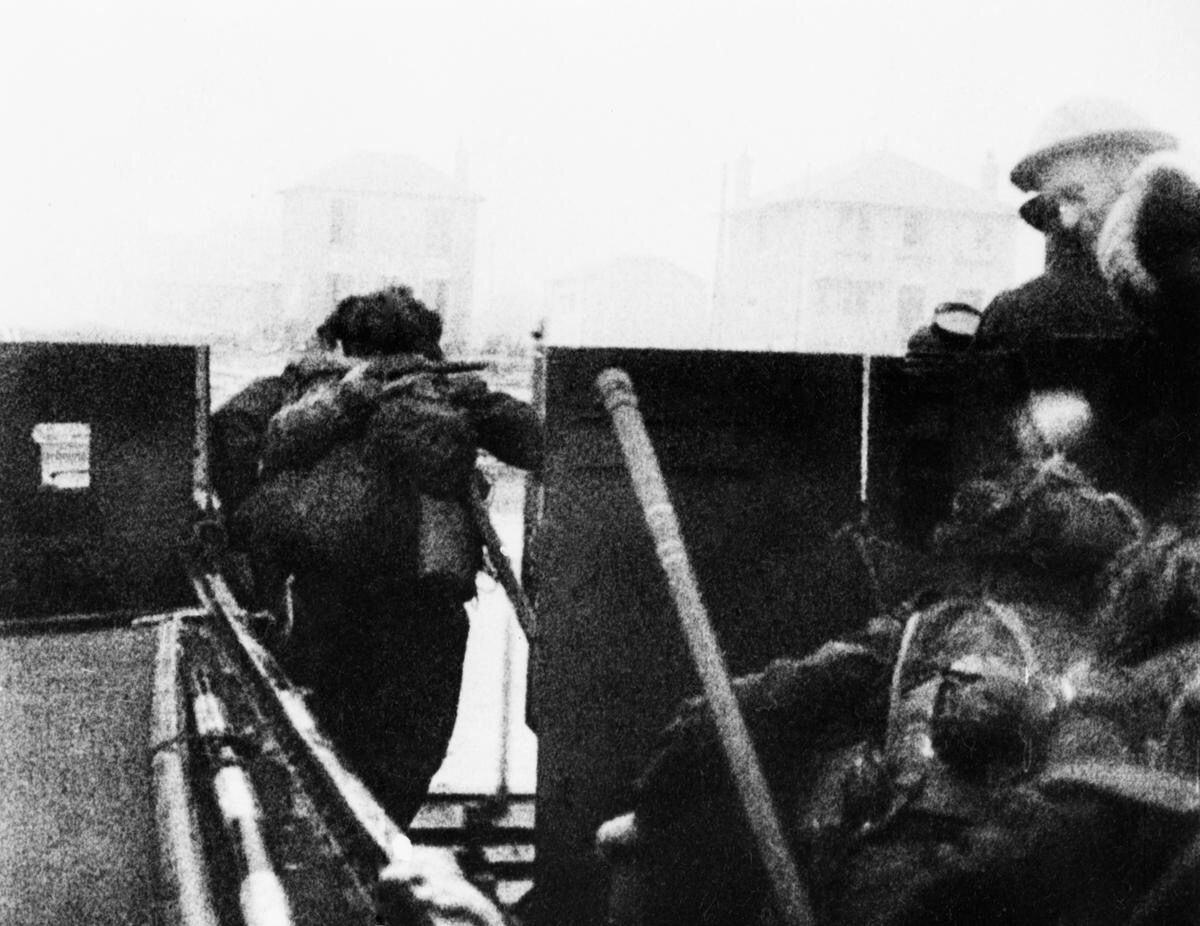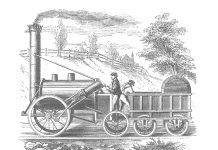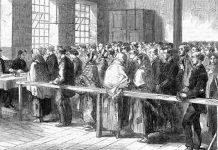Call in the Imperial War Museum North at the moment and you will see an Oscar.
Maybe not the object that you would expect to see at the museum but it has a huge connection with war, the closing days of the Second World War.
It was presented for the film True Glory, which won the most outstanding documentary feature at the academy awards of 1945.
It was a joint production between America and Britain, British filmmaker Carol Reed and American playwright Garson Kanin teamed up to direct the war documentary using material that had been shot by around eight hundred cameramen who had followed the final days of the war from the preparations for the invasion of Normandy to the surrender of Germany in May 1945.
Forty were killed during the filming and over one hundred injured as the film charts some of the campaigns most striking events, the liberation of Paris, the battle of the Bulge and the relief of the concentration camp Bergen Belsen.

What makes the film remarkable Matthew Lee, the museum’s curator of film tells me, is that it is almost exclusively shot using actuality, that is film of the actual conflict.What is striking he also says is the budget of the film, £28 million, as the allies pushed huge resources into telling the story.
General Eisenhower voiced its introduction as its three main ambitions were to show the audience why we fought the war, how we all collaborated together and that the war was also full of individual efforts from around the world.
The film has a grand narrative which charts the story but also it contains dozens of individual voices and it is this aspect that Matthew says, makes the film so unique,adding an extra dimension to the piece and making the events seem so real.
The film came out in late 1945 and at first a lot of the distributors were a little uncertain about receiving a film which they perceived to be propaganda.However the audience response and that of the critics was quite favorable as they saw a real,artistry and skills to the telling of the story in a very clear and concise way.
Hundreds of hours of film were condensed into just ninety minutes, that in itself a massive task, the producers managed not to sanitize the film too much though watching it today it is of its time and a little jingoistic in parts.
The footage of then liberation of the concentration camps showed the public exactly why we had been fighting the war for so long and why the March of Nazi Germany needed to be stopped.
As for the Oscar itself, it’s reminding goes back to the first decade of this century and one of the earliest exhibitions at IWM North called ‘In the Mood’ and historian Terry Charman taking his colleagues were eu aware that the museum had the Oscar for True Glory?
The British Consul General,had collected the award in Los Angeles and presented it to the museum but the museum hunted far and wide until it was found in the Director General’s safe.







